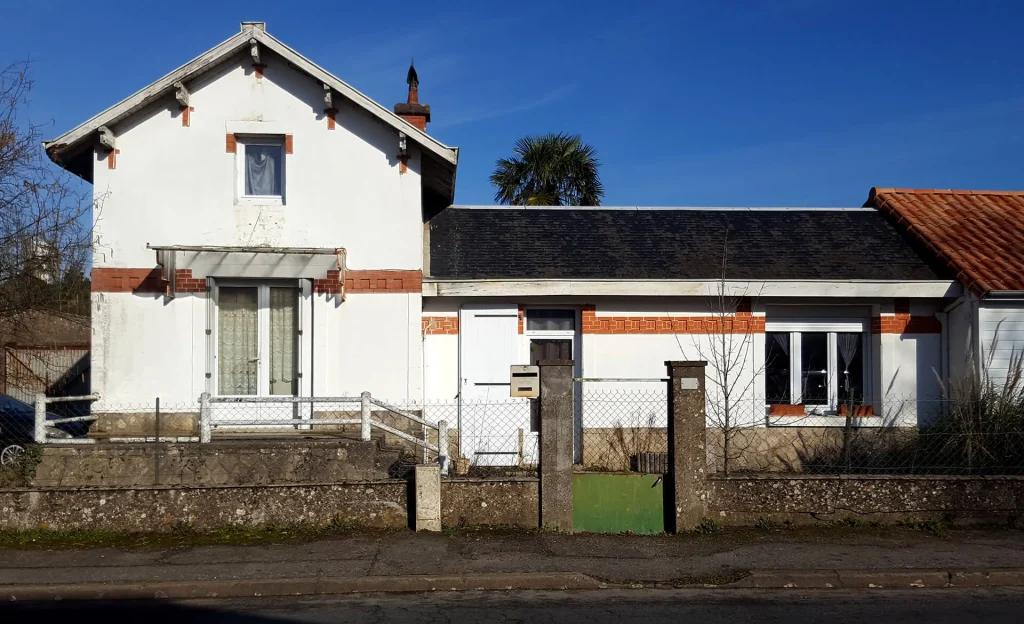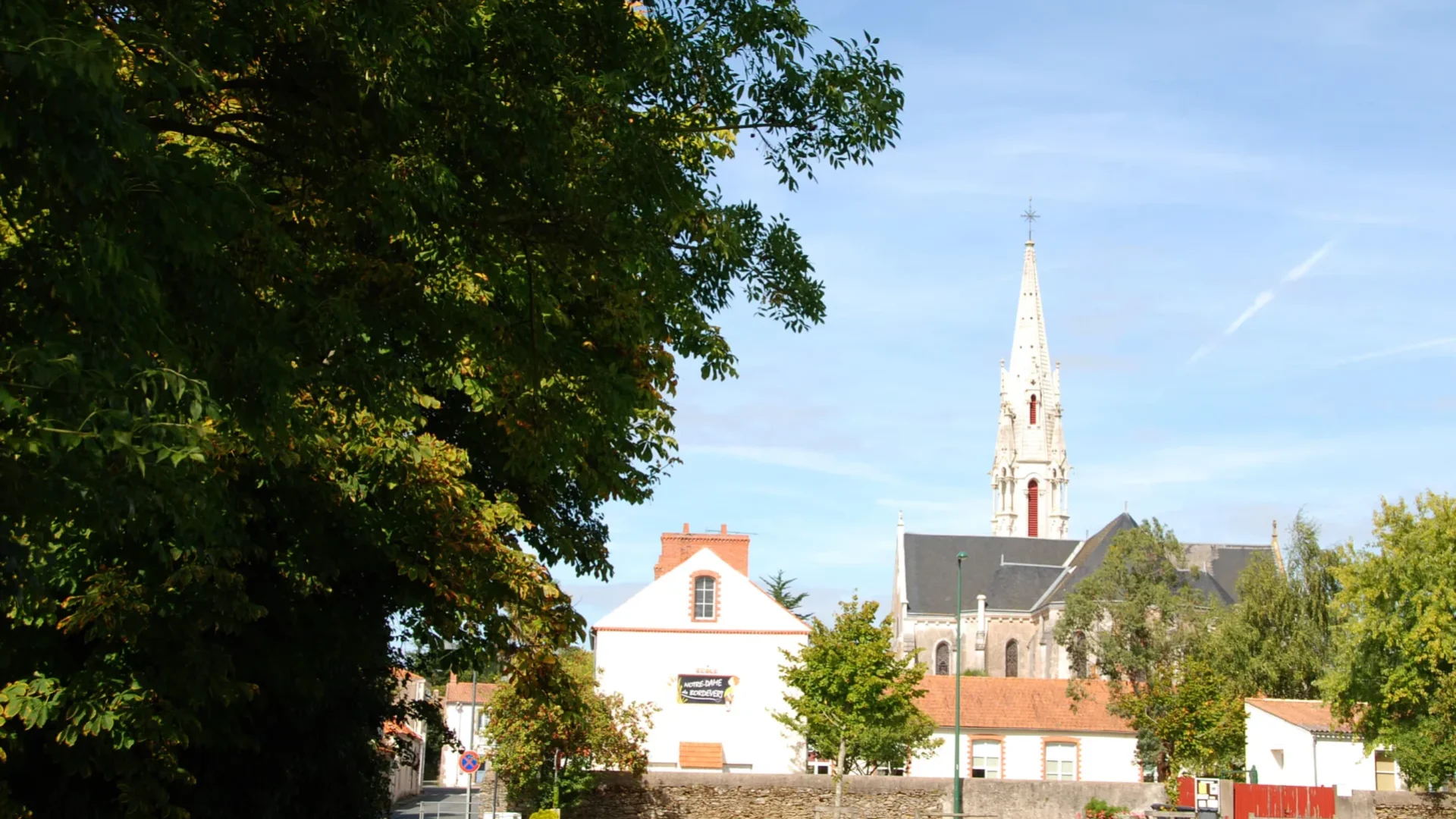Saint-Gervais Church
The first church was built in the village in the 13th century. All that remains of this church today is a granite tombstone bearing the date 1379 and located at the entrance to the present-day church, under the bell tower. In poor condition, the church was demolished in 1885 at the request of Abbé François-Xavier Godin, and replaced by a new church in 1886. Completed in 1894, the church houses a rich heritage of religious objects preserved in a showcase.
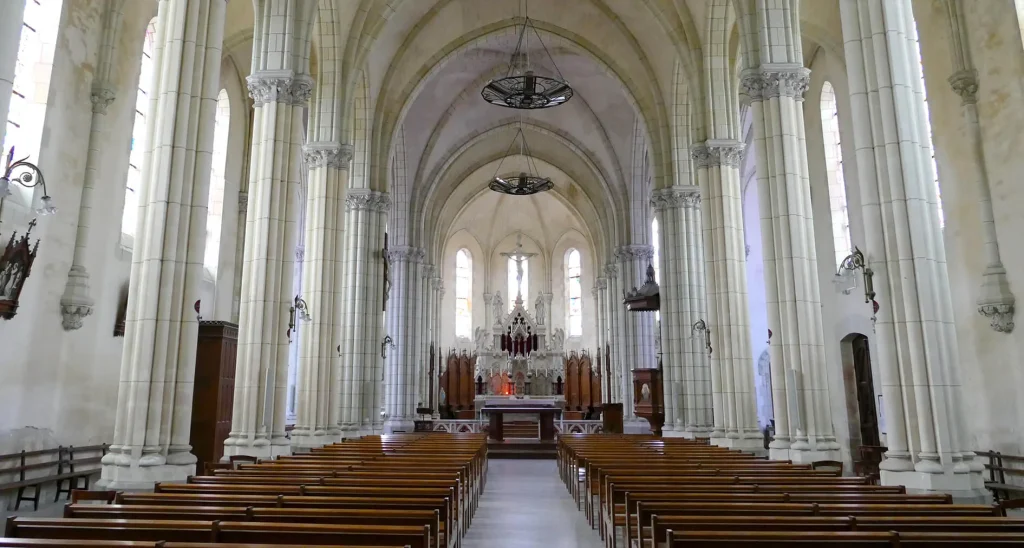
La Demeure de la Notairie
Built between 1875 and 1880, it belonged to the Cacaud family, horse breeders. Subsequently, three notaries lived here in succession. It is from them that the name "notairie" comes, the recent name given to the building.
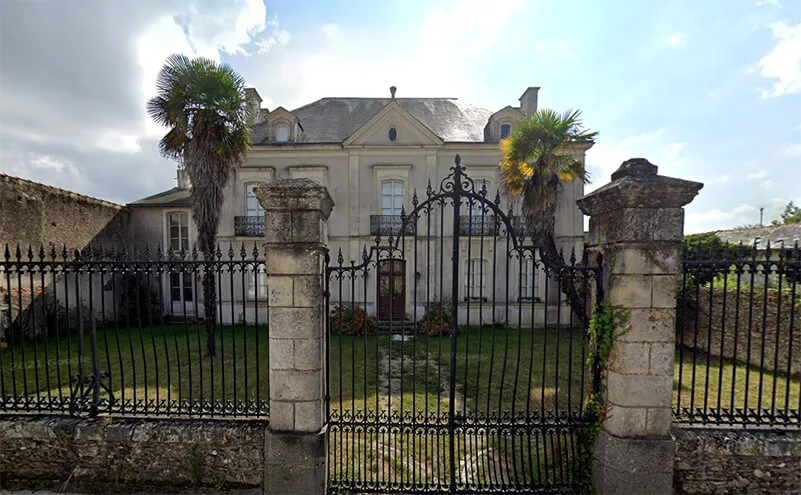
The former communal stud farms
Saint-Gervais was first mentioned in 1662 for its horse fair and was renowned for the quality of its horses. The town soon became the cradle of half-blood breeding with the opening of a stud farm. The station moved into these buildings in 1939. After virtually disappearing between the wars, equine activity has been maintained since the closure of the town's stud farms in 1994, and is now being revitalised with the opening of a new breeding station at the Presnes farm. To preserve this heritage, in 2015 the local authority converted the site into a media library.
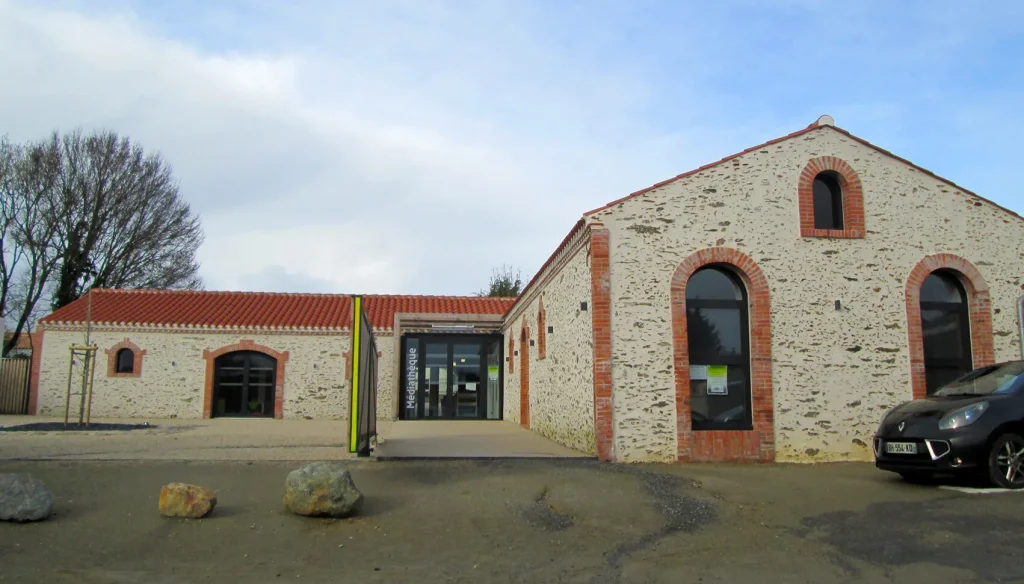
The Hosannière Cross and the cemetery
Almost unique in the Vendée and built around the 14th century from Sallertaine limestone, a hosannière cross (funerary monument) stands in the centre of the cemetery. Next to it is a beautiful white vault, where Abbé François-Xavier Godin is laid to rest, as well as the body of his friend and successor Abbé Brechoteau, architect of the Bourdevert grotto.
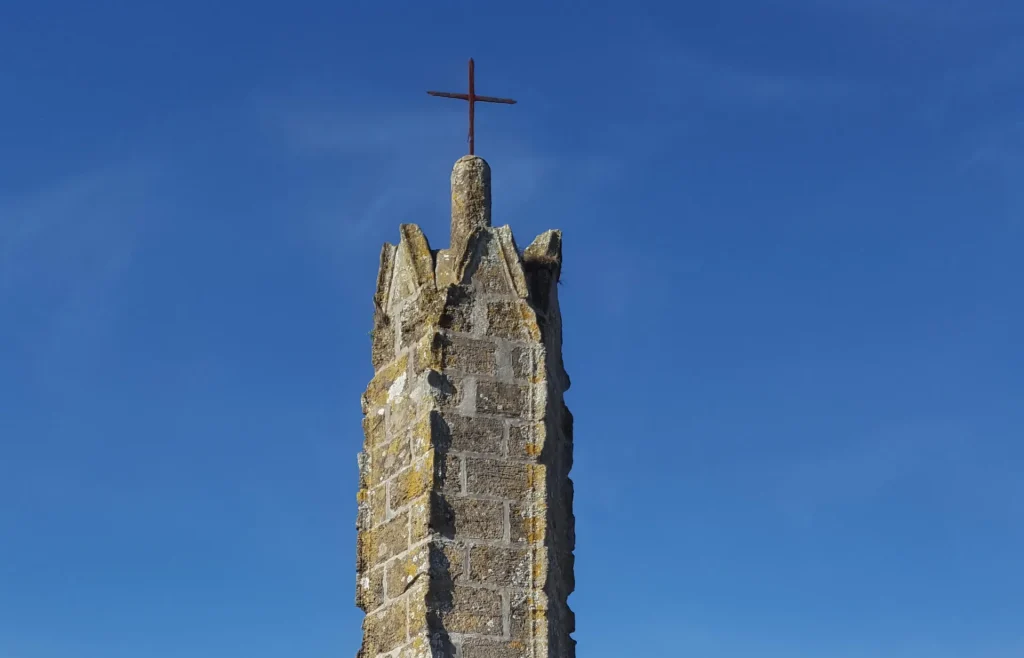
Le Château du Platane
Château du Platane was built in 1876. During the period when it belonged to the Saillion family, Le Platane was a renowned horse-breeding property.
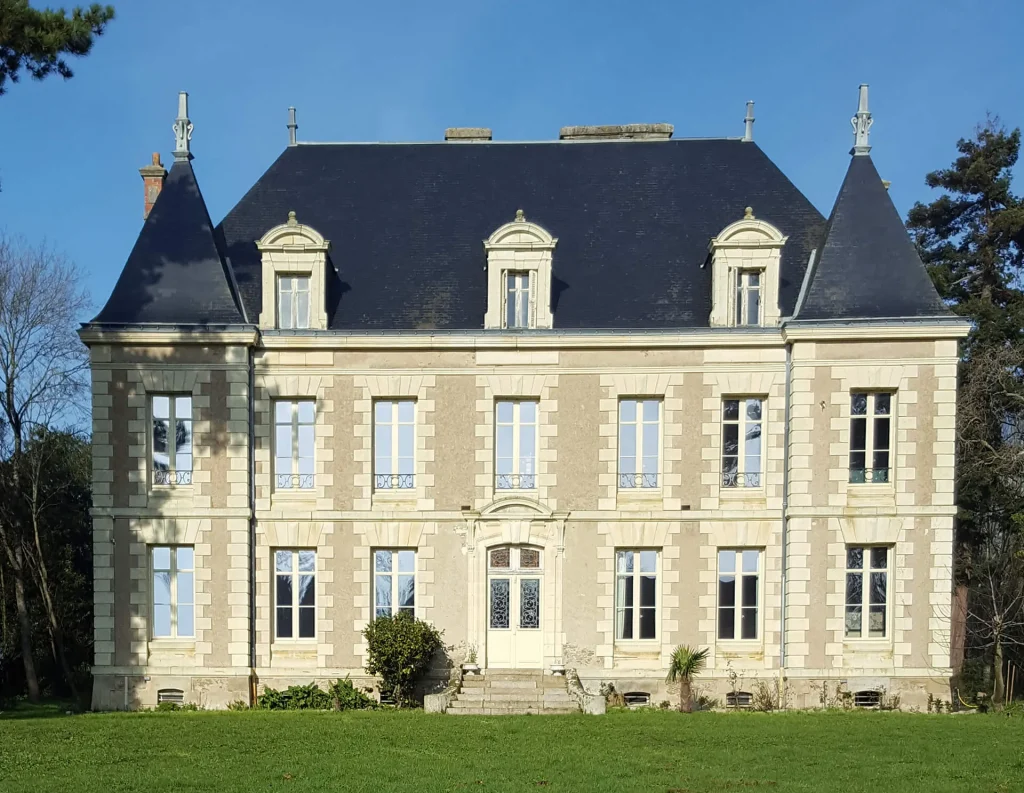
The Château du Villebon
The name of the residence comes from the Gallo-Roman site, Villa Bonna, which had been established. Around 1640, the house was inhabited by Louis de Rivaudeau, a descendant of the 16th-century poet André de Rivaudeau. In 1789, Guerry du Villebon, leader of the Vendée insurrection, occupied the house until 1831. Today, the house is a bed and breakfast.
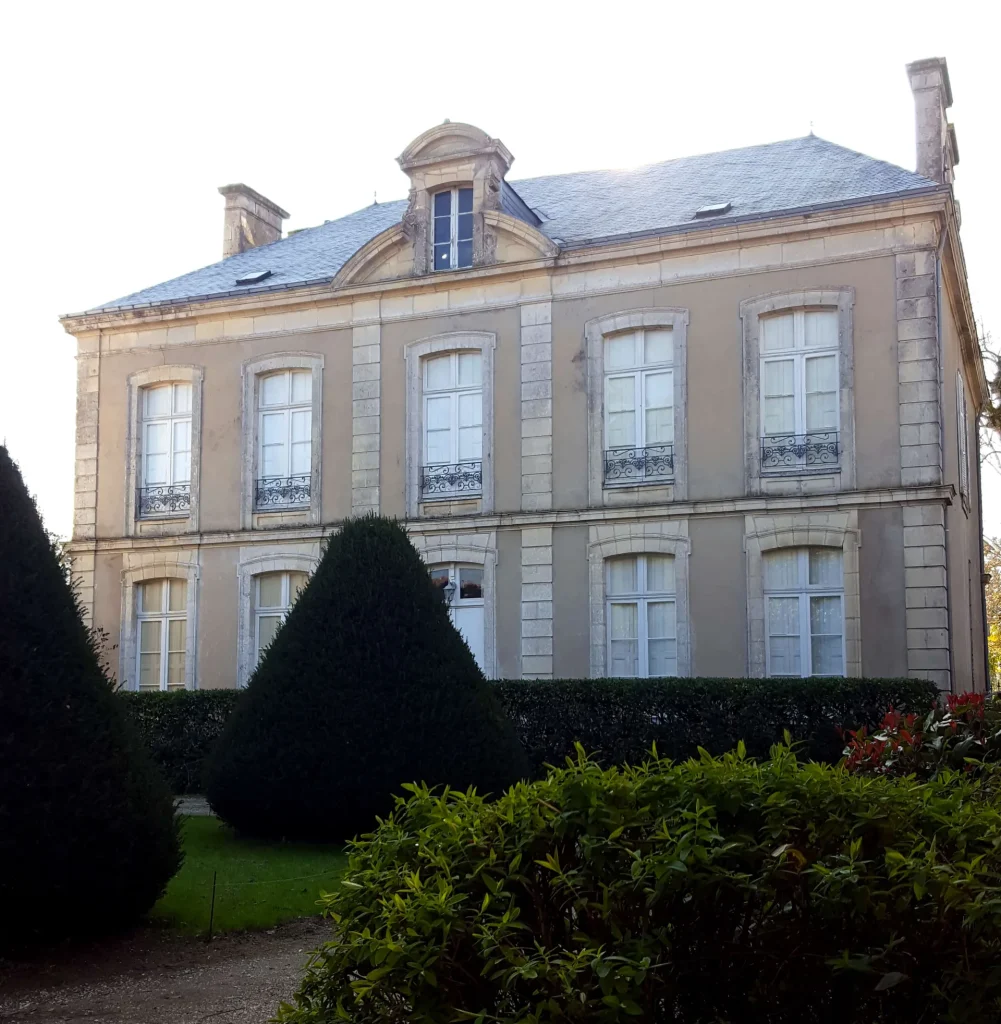
The Town Hall
A former presbytery and church property, the house was sold to the Brossaud brothers in 1796 as national property. The presbytery remained on the left-hand side. The town hall was moved there in 1982 from another building (since demolished). The former vicarage was converted to house Radio Nov FM in 2003 and the town council chamber in 2016.
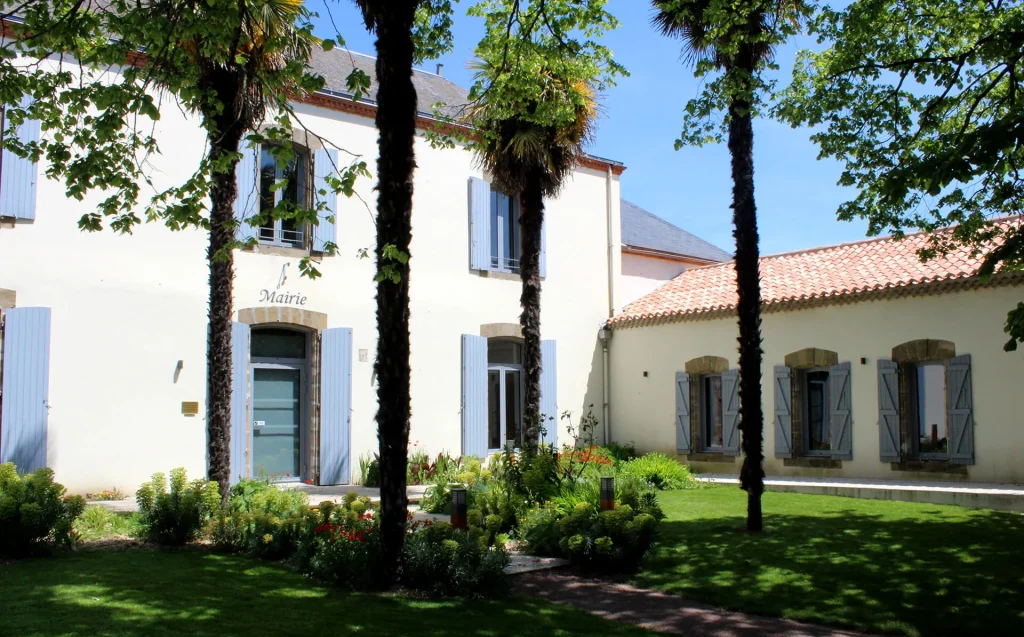
The Bourdevert cave
This grotto was built during a mission in 1911, at the instigation of Abbé Brechoteau. The building, constructed of rough stone from Île Boisseau, was intended to house a Lourdes Virgin. In 1923, after the First World War, a mausoleum in memory of the war was added to the monument.
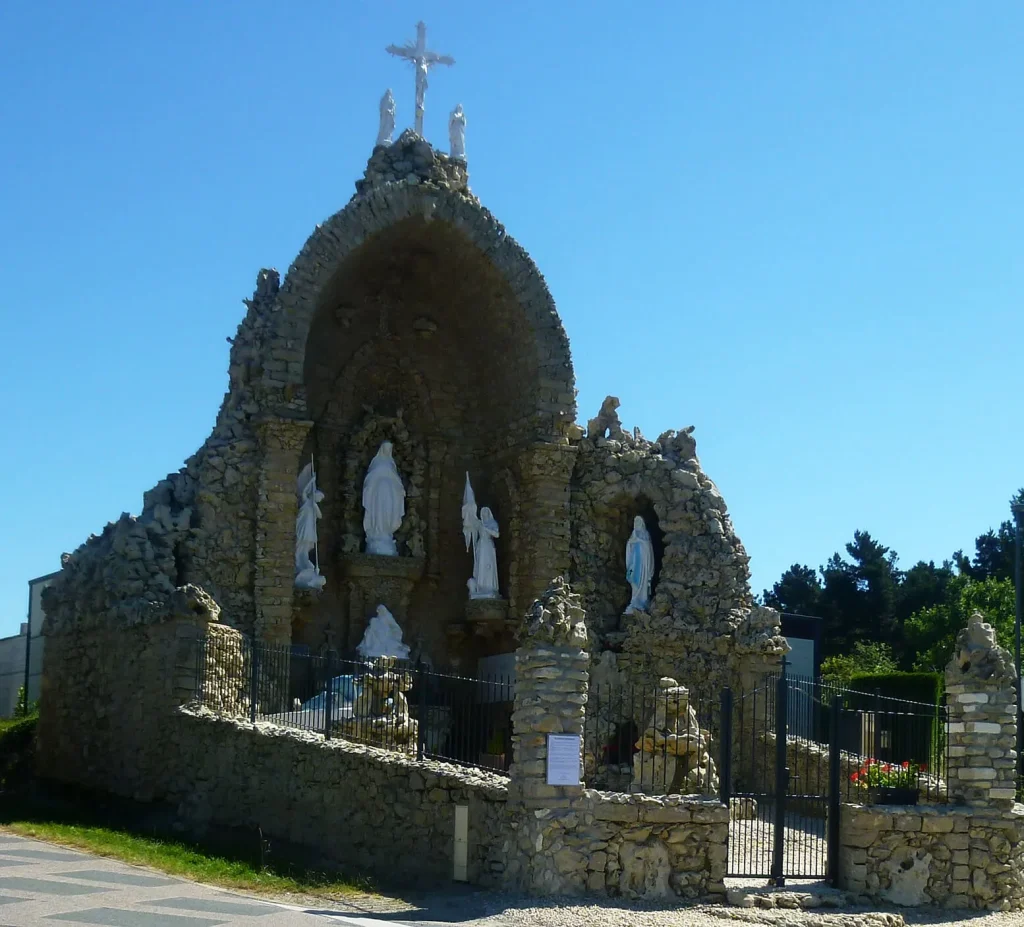
Le Manoir de Bellevue
Built on a former 14th-15th century dwelling, the house served as a refuge for the parish priest during the Vendée insurrection. It was the Mourain de Sourdeval family, of whom Charles was an examining magistrate and a great historian of the marshes and the horse breed, who built the current manor house in 1875.
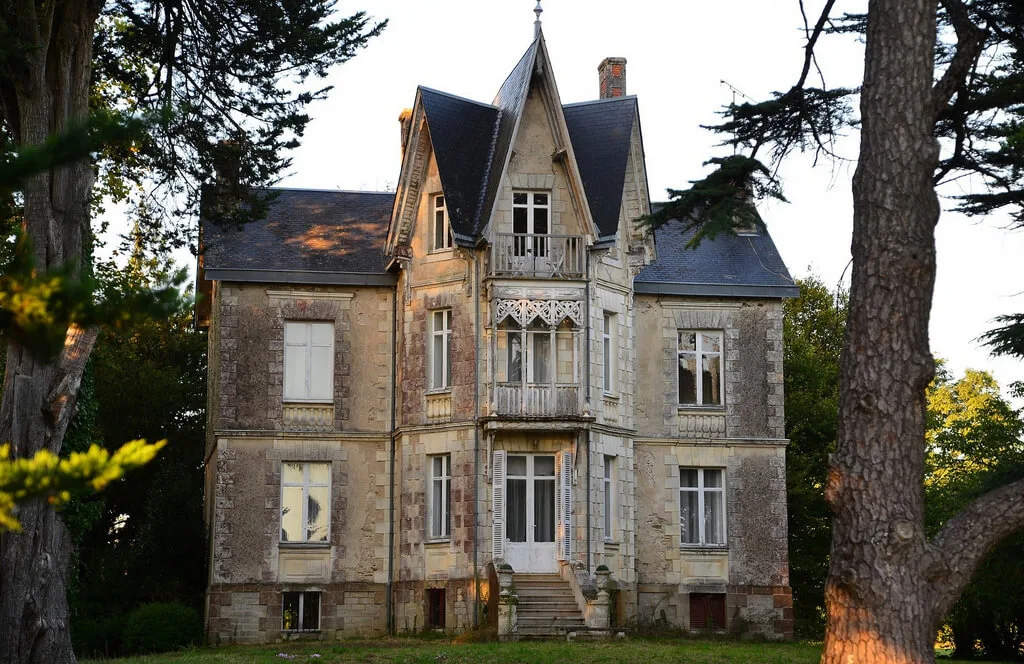
The old station
In 1896, Saint-Gervais station opened the Challans-Fromentine line. The station, first built of wood and later replaced by the current building, welcomed passengers on the little train, which travelled at a speed of 20 kph. Due to competition from road transport, the railway network had to close in 1949, and the rails were dismantled the following year. Today, the building, which is privately owned, retains its original appearance.
